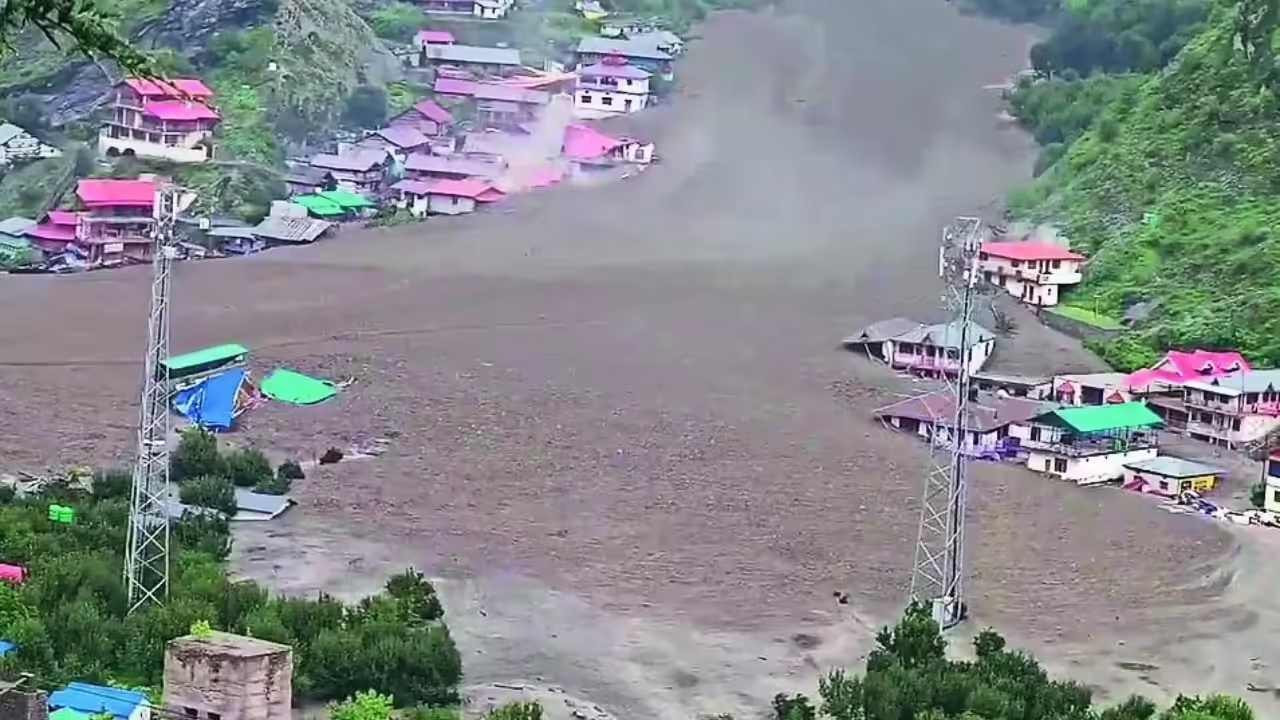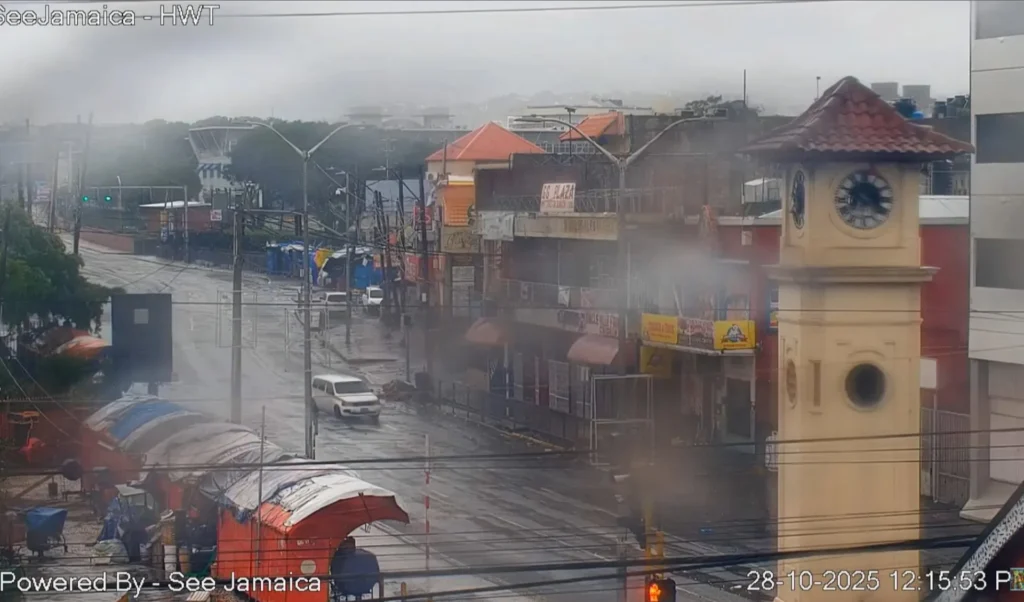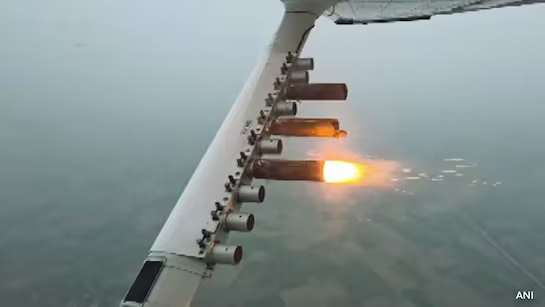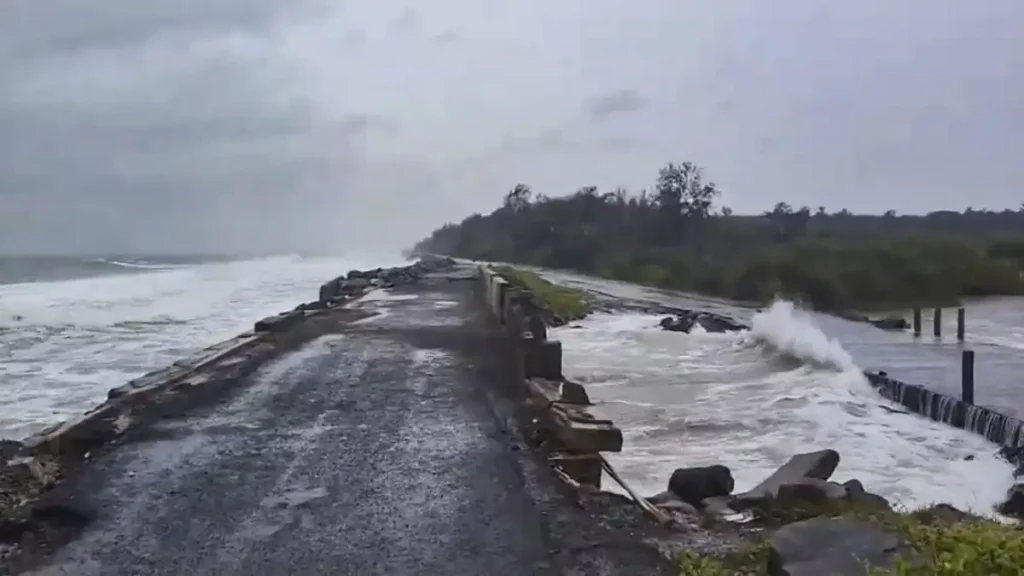Now Reading: Glacial Collapse, Not Just Rain, Behind Dharali Flash Flood—360 Million m³ of Debris Estimated
-
01
Glacial Collapse, Not Just Rain, Behind Dharali Flash Flood—360 Million m³ of Debris Estimated
Glacial Collapse, Not Just Rain, Behind Dharali Flash Flood—360 Million m³ of Debris Estimated

In Uttarakhand’s Dharali village, what was first seen as a typical flash flood has now been revealed to be something much bigger and more dangerous. Experts estimate that around 360 million cubic metres of glacial debris came crashing down, turning the incident into a large-scale disaster triggered by more than just heavy rainfall.
How It Happened
The disaster was caused by a sudden collapse of glacial sediment, not simply monsoon rains. Scientists believe this may have been due to retrogressive slope failure—a process where unstable glacial material suddenly gives way. This chain reaction caused a massive release of rock, ice, and debris that surged down the valley at high speed.
The Sheer Volume of Debris
The scale is staggering. Roughly 360 million cubic metres of material tumbled down the slopes. That’s enough to overwhelm entire villages, block rivers, and wipe out infrastructure. For residents and emergency services, the speed and volume of the debris meant there was little time to respond or escape.
Impact on Hill Towns and Villages
For small and mid-sized towns in the Himalayan region, this incident changes how we understand natural disasters. It’s not just extreme rainfall that poses a threat—geological instability and melting glaciers are becoming equally dangerous. Towns like Dharali are on the frontlines of these hidden risks, often without the resources or early warning systems needed to act in time.
What This Means Going Forward
This event signals a shift in disaster preparedness. Local authorities and planners must now consider glacier-linked hazards when designing infrastructure and evacuation protocols. From school safety drills to local construction norms, everything needs to adapt to a new and more unpredictable kind of threat.
Conclusion
The Dharali flash flood wasn’t just a rain-triggered event—it was a result of massive glacial collapse. As climate patterns change and mountain terrain becomes more fragile, Tier 2 towns and hill villages need to rethink their approach to safety. This is not just a call for awareness—it’s a call for urgent action backed by science, planning, and stronger community preparedness.

























